Early departure for Iwokrama
We left at dawn to drive into the Iwokrama Rainforest in Guyana for a walk along their Canopy Walkway. The walkway was cool, but it was the third best adventure of the day. The second was hunting anacondas on return trip.
The first was the amazing bird display along the Georgetown-Lethem Road as morning broke. I was staying at Rock View Lodge in the dry savannah. First light peaked over the hills in the distance over the Iwokrama Rainforest.
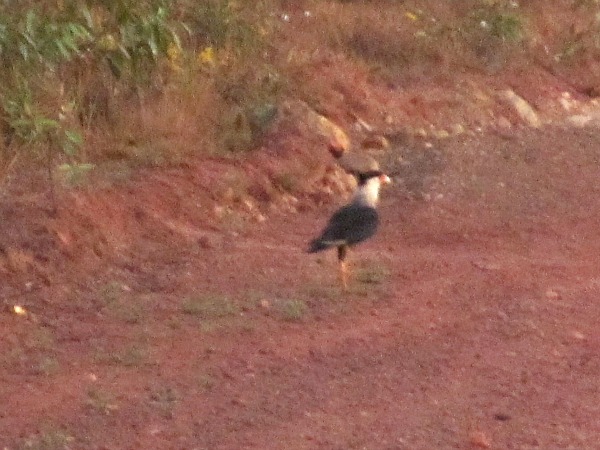
Bird paradise begins with a disappointing photographic effort as too little light blurred the crested caracara
Bird paradise in the Iwokrama Rainforest
Bird paradise started right away even before we entered the jungle. We saw two crested caracaras walking along the road and atop small trees in the savannah. Unfortunately, a lack of light did not allow for good picture taking. I took a few blurry pictures and moved on.
I was joined by the son of Rock View’s owner Colin Edwards, Vitto, and my guide Gabe. Gabe turned out to be invaluable spotting birds in the trees while going 50 miles per hour. He was calling out macaws, toucans, oropendolas while craning his neck to look at the passing trees. Every time something interesting was spotted we stopped, and I exited to take pictures.
The best way to see wildlife is from a car. You can walk miles in the jungle, woods, desert, around a lake, or canoe a river and see very little wildlife. We make too much noise, and we smell scaring off animals and birds we would like to see. In a car, you cover more ground increasing your odds at seeing birds and animals, plus you can sneak up on them, and they cannot smell. Just watch where you are driving. You do not want to squash what you are looking for.
The sun began to rise as we entered the rainforest. The first interesting species of birds we saw were a couple of white-throated toucans singing to each other in a tree. I had enjoyed seeing chestnut-mandibled toucans in Corcovado National Park in Costa Rica a few years back, so I was pleased to be back in the company of toucans.
We drove a little farther and along the roadside we saw three green-winged macaws with two channel-billed toucans sharing the same tree. I had also seen scarlet macaws in Costa Rica. I thought they were the most amazing birds, but the green-winged variety was even more spectacular. They were a more brilliant red and had more colors on their wings.
The action was fast and furious after this. We saw a juvenile black hawk , a guan (a turkey like bird), several black currosows, a ringed kingfisher, a bevy of trumpeters, and then we saw two jabirus. Jabiru are enormous storks and there were two along the side of the road. One flew into a dead tree and perched and posed for several pictures.
Guyana is a bird paradise
Not many people know anything about Guyana. If there is one group of travelers that are quite familiar with Guyana’s offerings it is bird-watchers. According to Guyana’s Tourism Authority, Guyana has an astounding 815 resident and migratory birds species. In fact, the Tourism division has bird-watching atop their list of things to do and the list is not alphabetized. I only saw a handful of this number on this drive and during my time in Guyana, but what I saw was very impressive and leaves me wanting to return for more.

Why did the black currosow cross the road? – To get himself pictured in Traveling Ted’s blog naturally
I shared the plane ride in with a group of birders from California. I had also ran into them at the Georgetown Botanical Gardens. While walking through the Iwokrama Rainforest, I would run into another group of birders.
Once the sun rose and the jungle heated up, my new feathered friends disappeared. We only saw a few birds in the walk around the Iwokrama that day. It tends to happen that way.
Tips for birding Iwokrama and Guyana
- Get there early as the bird activity was most intense between 6 a.m and 7 a.m.
- Stay inside the jungle at either the Atta Rainforest Lodge or the Iwokrama River Lodge
- If you stay at Rock View Lodge, and want to use their guides, do not do it solo as the tour is quite pricy for the lone traveler
- You can also get to the Iwokrama Rainforest via maxi-taxis as it is along the Georgetown-Lethem Road
- Kaieteur National Park is another place to see a great amount of birds including the famous cock on the rock, but you need to stay in the guesthouse a night or two to experience it
- In Georgetown check out the Botanical Gardens
Adventure on!
The goal of Traveling Ted is to inspire people to outdoor adventure travel and then provide tips on where and how to go. If you liked this post then enter your email in the box to get email notifications for each new entry. Daily travel photos are excluded from your email in order to not flood you with posts. There is no spam and email information will not be shared. Other e-follow options include Facebook (click on the like box to the right) or twitter (click on the pretty bird on the rainbow above).
On the right sidebar is a donate button. If you would like to donate in order to support the site, it would be appreciated. All donations would cover travel expenses and improvements to make the site better.







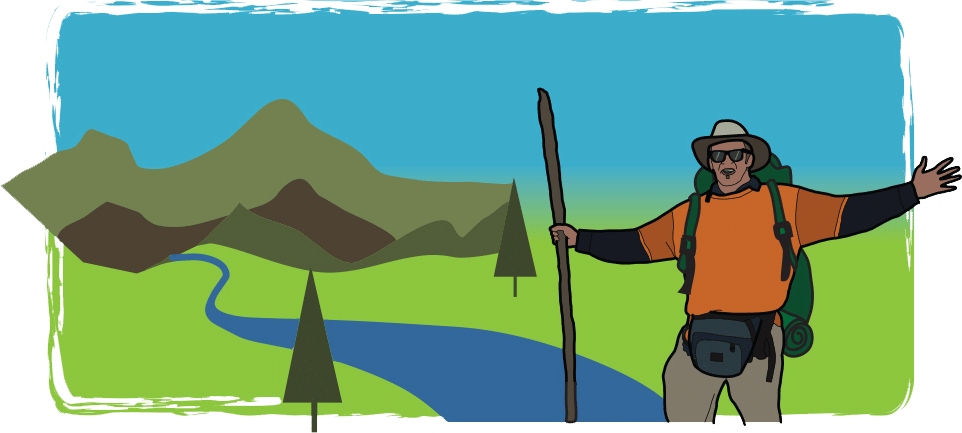


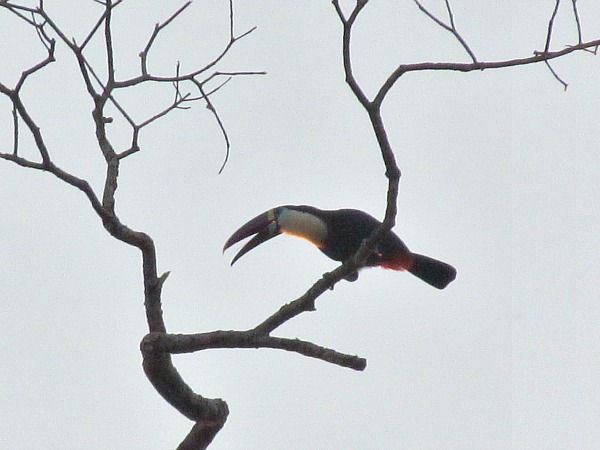
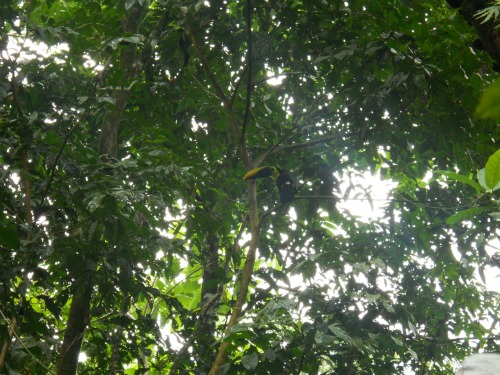
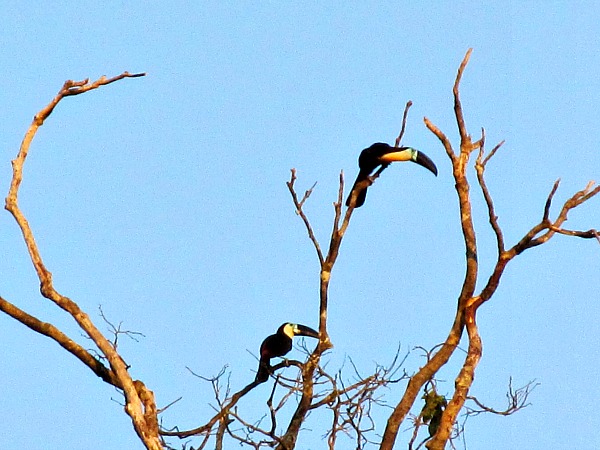

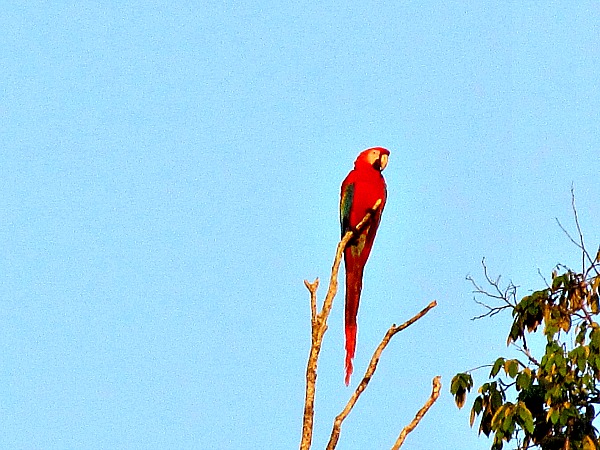


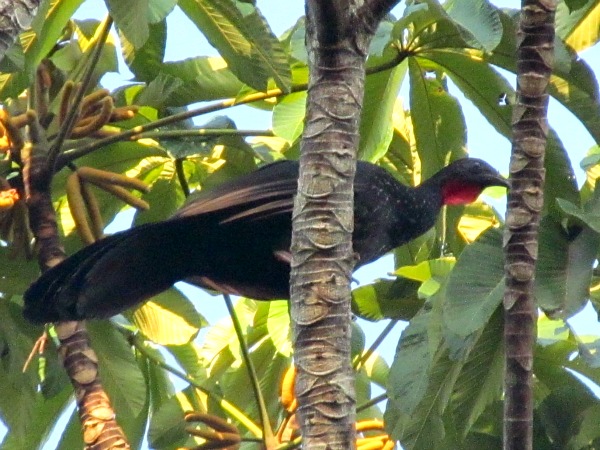





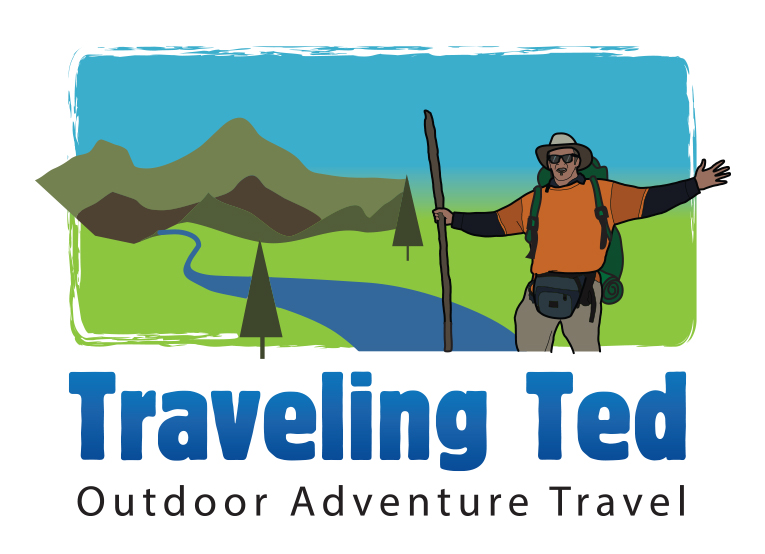
I am not a big bird watcher but for some reason a couple of these pics made me crave some Froot Loops!
Jeremy Branham recently posted..The top 10 best places to see in Barcelona
Good thing it did not leave you craving Frosted Flakes or I would be in big trouble.
hahaha this made me laugh.
the lazy travelers recently posted..backpacking: yay or nay?
I will patch this article through to my big-birder stepson…he’ll appreciate this entry…
Cheers..
Charles Higgins recently posted..Las Vegas Strip hotels with fireworks displays on New Years Eve 2012/2013
I am sure your step-son is aware of Guyana if he is into international birding.
Looks like it would be worth going to Guyana just for the birds!
Leigh recently posted..The 10 Most Popular National Parks in Canada
If you like birds, you will definitely love Guyana.
Wow, Tucan Sam in his natural habitat! This looks so cool. Your posts make me want to visit Guyana 🙂
Leslie (Downtown Traveler) recently posted..Top 10 traditional Cajun Country foods- from alligator to cracklins
Thanks Leslie,
Definitely a thrill to see Toucan Sam and his mates.
Some of those birds are beautiful. The pix of the green-winged macaw and of the jabiru on a tree branch are great. Your first tip is true of many things, unfortunately for this non-morning person!
Raul (@ilivetotravel in Twitter) recently posted..How I Enjoy a Good Photo – and a Post-Christmas Giveaway!
Thanks Raul,
It was not easy waking up at 4:30 a.m., but it was worth it and a nap was had at some point.
Wow! These photos are amazing. I was never really interested in birds, until I visited Africa. Now, I hope to visit South America and see the different species there.
The World Wanderer recently posted..SA Sunday: Reasons to Head to Brazil.
Seeing exotic species in different countries is definitely a good way to become interested in birding. It makes me want to see cool birds in the U.S. too. I would love to visit Africa sometime and follow in your footsteps.
wow, you saw some really amazing birds on your adventure… i just love the macaw too; a lovely bird indeed.
seems like a great place to visit as a birder. hope to get to Guyana soon myself, especially because of all your entries…
stay adventurous, Craig
Craig Zabransky recently posted..Sunset Sunday – Looking back at the Sunsets of 2012
Thanks Craig,
Macaws are definitely the highlight. Great to see them in Costa Rica too.
i’m not sure i have the patience for bird watching but the green-winged macaw sure is pretty!!
lola recently posted..my controversial musings for 2012
I lack patience too when it comes to hardcore birding. I need to be doing something else like hiking or canoeing/kayaking, but I do enjoy seeing them and they add to the adventure.
I love those red macaws. They’re all beautiful, but those are my favorites.
Leah Travels recently posted..12 Favorite Posts from 2012
Thanks Leah,
The macaws are tough to beat when it comes to beautiful birds.
Aww, beautiful birds… 🙂 You may not believe it, but when I was in rural Wisconsin (yes, yes), I stopped the car on the side of the road and got out just to look at birds. Such amazing creatures. Guyana should crank up its bird-watching marketing!
Pola (@jettingaround) recently posted..Photo of the Week: Victorian architecture in San Diego’s Gaslamp Quarter
I wonder what birds were interesting enough to get Jetting Around to lay off the jets for moment? The birding industry is one area that Guyana is well known for, at least from big time birders.
Were you using binoculars for your birding or just using plain sight? In my experience using a good pair of bins can enhance the bird-watching experience by a lot – you really get to take a good close look at the things that make each bird unique. And with some practice you might even be able to identify some species.
John Fredson recently posted..Binocular Reviews